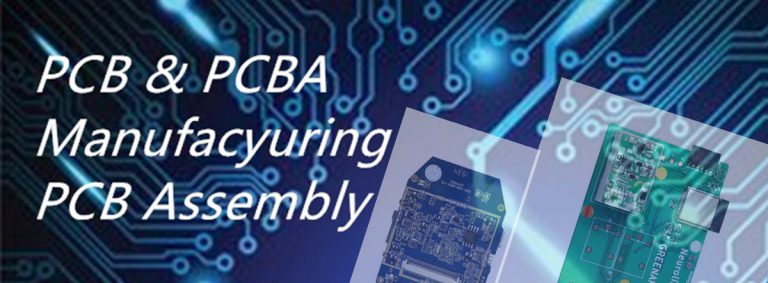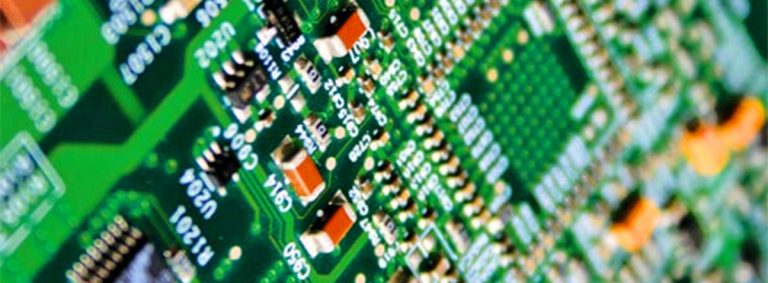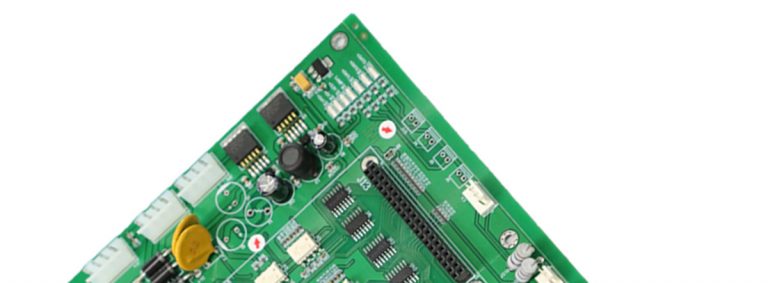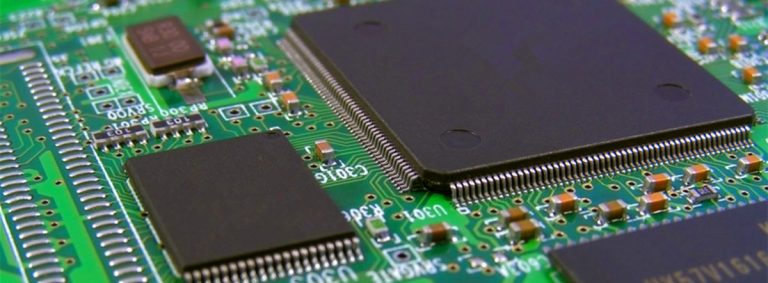What are the Reasons for the Exposure of Copper in the Hot Air Leveling Process of PCB?

The hot air leveling process of PCB is to immerse the printed circuit board in molten solder, and then use hot air to blow off the excess solder on the surface and metalized holes to obtain a smooth, uniform, and bright solder coating, which has good solderability. The coating is completely free from exposed copper.
The exposed copper on the surface of the pad and the metalized hole after the hot air leveling is an important defect in the finished product inspection, and it is one of the common reasons for the hot air leveling and reworks. So, what are the reasons for blank circuit board hot air leveling and exposing copper?
1. Insufficient pretreatment and poor coarsening. The quality of the pre-treatment process of hot air leveling has a great influence on the quality of hot air leveling. This process must completely remove the oil, impurities, and oxide layers on the pads to provide fresh solderable copper surfaces for immersion tin.
Now the more commonly used pre-treatment process is mechanical spraying. The copper exposure phenomenon caused by poor pre-processing occurs in large numbers, and the exposed copper points are often distributed across the board surface, and it is even more serious on the edges. In similar situations, chemical analysis of the micro-etching solution should be performed, the second pickling solution should be checked, the concentration of the solution should be adjusted, and the solution that has been used for a long time should be seriously polluted. Check whether the spray system is unblocked. Properly extending the treatment time can also improve the treatment effect.

2. The surface of the prototype circuit board pad is dirty, and there is residual solder resistance contaminating the pad. Most manufacturers use full-board screen printing liquid photosensitive solder resist ink, and then remove the excess solder resist through exposure and development to obtain a temporal solder resist pattern. Whether there are defects on the solder mask film, whether the composition and temperature of the developer are correct, the speed during development, that is, whether the development point is correct, etc., any of these conditions will leave residual spots on the pad.
Printed board design generally should set up a post to inspect the graphics and the inside of the metallized hole before the curing process to ensure that the pads and metallized holes of the printed circuit board sent to the next process are clean and free of solder mask ink residue.
3. Insufficient flux activity. The function of the flux is to improve the wettability of the green circuit board copper surface, protect the laminate surface from overheating, and provide protection for the solder coating. If the flux is not active enough and the wettability of the copper surface is not good, the solder cannot completely cover the pad. The copper exposure is similar to the poor pretreatment. Extending the pretreatment time can reduce the copper exposure.
Process technicians choose a flux with stable and reliable quality to have an important influence on hot air leveling, and good flux is the guarantee of the quality of hot air leveling.







